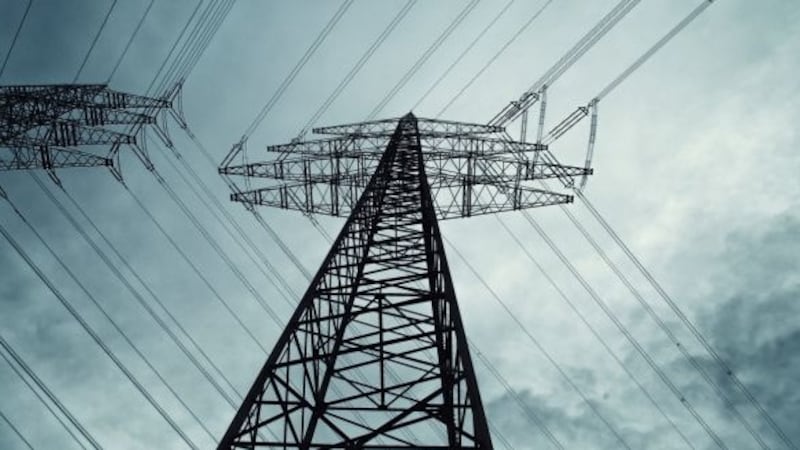Twenty-four hours after fire engulfed seven Hong Kong tower blocks, fire fighters were still desperately battling to bring the blaze under control. Their hoses and ladders reached up in vain to only 20 floors of the 30-storey buildings. As the confirmed death toll rose, hundreds of residents of 2,000 apartments were still missing, feared dead. It is already Hong Kong’s worst fire, surpassing the 1962 blaze when 44 died in a tenement complex.
The fire in Wang Fuk Court, a typical Hong Kong residential complex 20 kilometres from the city’s commercial centre, appears to have spread rapidly up the blocks and from one to another. Burning bamboo scaffolding along with foam and other materials used in renovation all appeared to have contributed.
Officials said key materials were not up to fire safety standards and arrested three construction company employees on suspicion of manslaughter. The police and fire services and Hong Kong’s Independent Commission Against Corruption have launched investigations.
The use of such techniques and materials is standard practice in the crowded city of tower blocks, homes to hundreds of thousands, a tragedy long waiting to happen. The use of lashed bamboo for scaffolding and building was first depicted in scroll paintings from the Han dynasty around 2,000 years ago and has thrived in bamboo-rich regions in China. As recently as March, the authorities urged builders to transition to steel for safety reasons – fire and industrial accidents – but promised not to ban bamboo use.
RM Block
The tragedy recalls the devastating fire in 2017 in London’s Grenfell Tower when 72 died. There, too, the fire was accelerated by materials – cladding – on the exterior of the building, and an extensive public inquiry would cast the net of blame widely, from inadequate regulation and supervision of construction, to local authority indifference, and dishonesty by some materials suppliers. As in Hong Kong, the authorities had received warnings, but had failed to act.


















